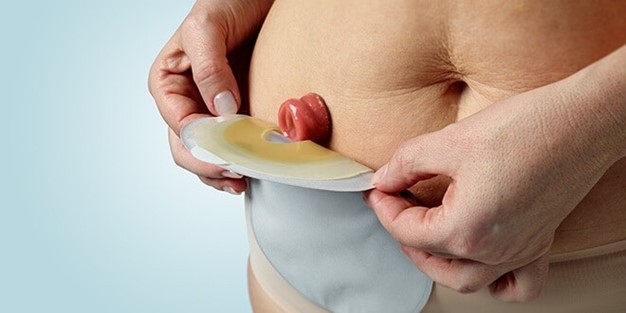A nurse is preparing to administer a controlled substance to a client for pain management.
Which of the following actions should the nurse take?
Verify the count total of the controlled substance after removing the amount needed.
Place the wasted portion of the controlled substance in the sharps container.
Report any discrepancy in the count total of the controlled substance after administration.
Ask a second nurse to record her signature when wasting any unused portion of the controlled substance.
The Correct Answer is D
Ask a second nurse to record her signature when wasting any unused portion of the controlled substance.
This is because if a controlled substance is wasted, this waste must be witnessed by and documented by the wasting nurse and another nurse.
Choice A is wrong because the count total of the controlled substance should be verified before removing the amount needed, not after.
Choice B is wrong because the wasted portion of the controlled substance should not be placed in the sharps container.
It should be disposed of according to facility/agency policy.
Choice C is wrong because any discrepancy in the count total of the controlled substance should be reported immediately, not after administration 1.
Nursing Test Bank
Naxlex Comprehensive Predictor Exams
Related Questions
Correct Answer is A
Explanation
A nurse should apply a bath blanket between the client and a cooling blanket when caring for a client who has a high fever.
This can help regulate the temperature of the environment and make it more comfortable for the patient.
Choice B is wrong because placing ice packs on the client’s neck and behind the knees is not recommended as it can cause further problems.
Choice C is wrong because giving the client a sponge bath using an alcohol-water solution is not recommended.
Choice D is wrong because covering the client with heavy blankets after the shivering subsides is not recommended as it can increase body temperature.
Correct Answer is B
Explanation
The nurse should respond to the client’s concern by saying “You are worried about having to wear a colostomy bag?” This response acknowledges the client’s concern and allows the client to express their feelings and concerns about the potential colostomy.

Choice A is not an appropriate response because it dismisses the client’s current concern and delays addressing it until after the surgery.
Choice C is not an appropriate response because it does not address the client’s concern about wearing a colostomy bag.
Choice D is not an appropriate response because it shifts the focus away from the client’s concern and onto someone else.
Whether you are a student looking to ace your exams or a practicing nurse seeking to enhance your expertise , our nursing education contents will empower you with the confidence and competence to make a difference in the lives of patients and become a respected leader in the healthcare field.
Visit Naxlex, invest in your future and unlock endless possibilities with our unparalleled nursing education contents today
Report Wrong Answer on the Current Question
Do you disagree with the answer? If yes, what is your expected answer? Explain.
Kindly be descriptive with the issue you are facing.
